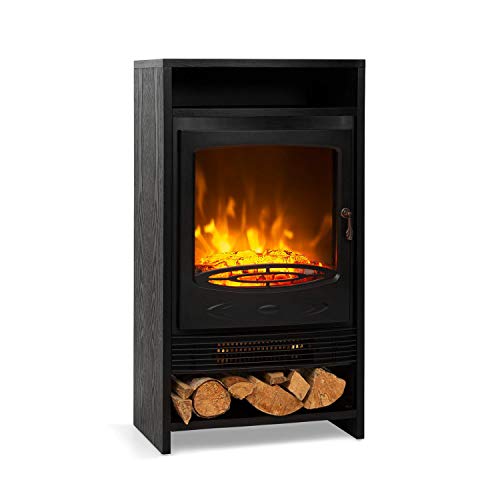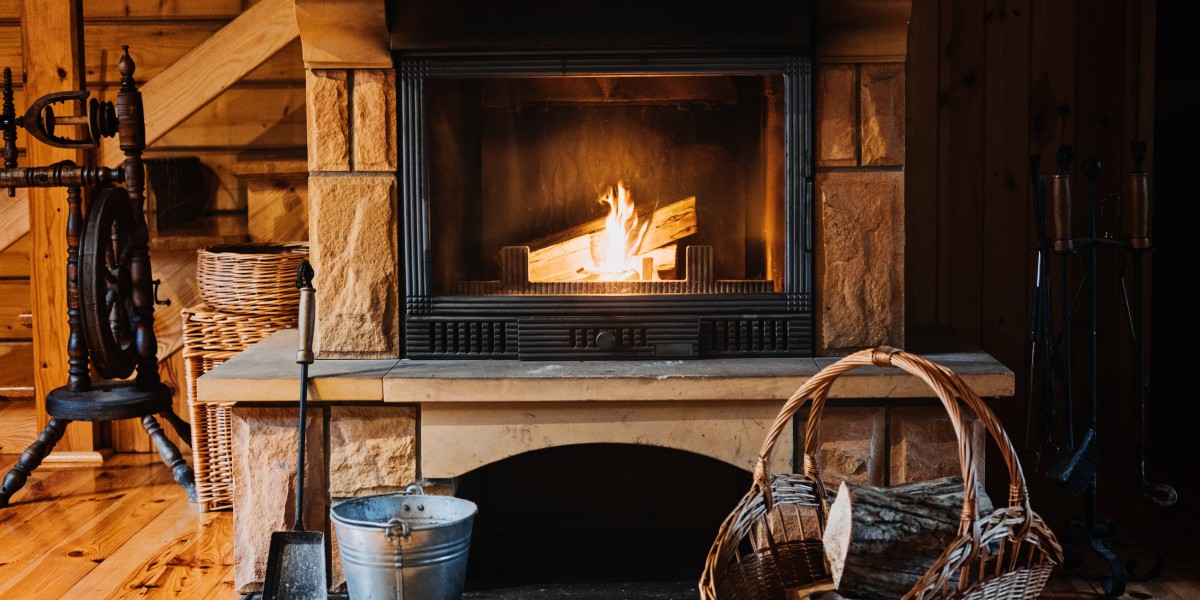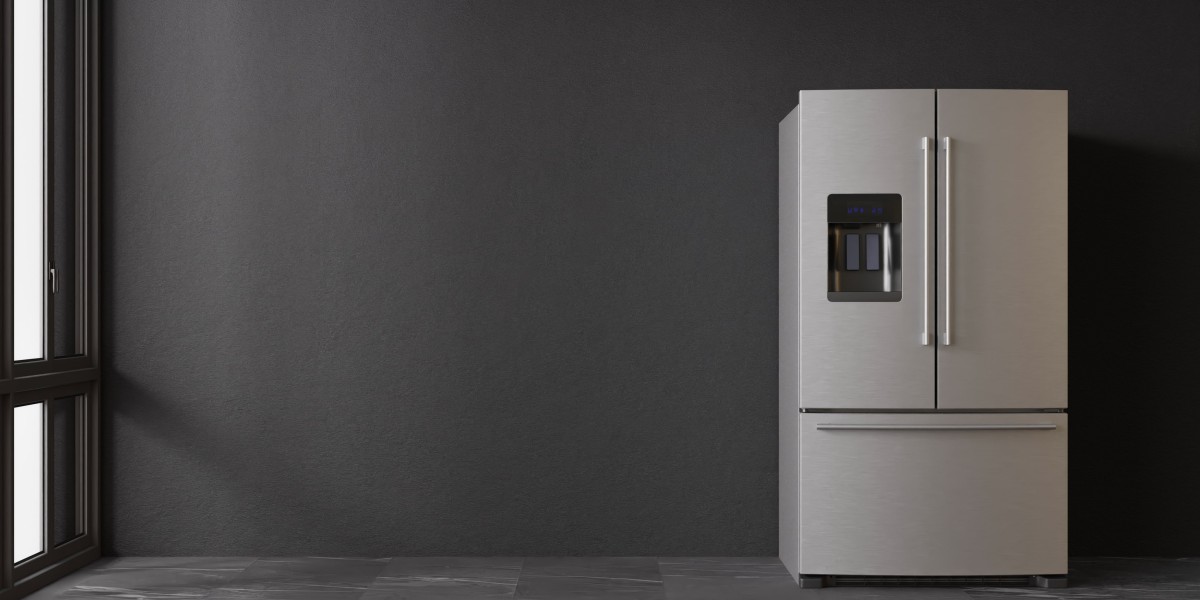In contrast to traditional open fireplaces, wood stoves are specifically designed and optimized to burn firewood. This allows them to meet stricter emission standards.
 Wood burning stoves emit sparkling yellow flames and soft crackling noises. They also give you warmth and a warm sensation. The smoke that is produced is contaminated by air pollutants such as formaldehyde, benzene, and polycyclic aromatic hydrocarbons.
Wood burning stoves emit sparkling yellow flames and soft crackling noises. They also give you warmth and a warm sensation. The smoke that is produced is contaminated by air pollutants such as formaldehyde, benzene, and polycyclic aromatic hydrocarbons.Efficient
Fireplaces and stoves that burn wood offer a stunning and natural heat to your home, but they are also incredibly efficient. A good quality wood burner can achieve an Ecodesign rating of as high as 77%. It is essential to get the most value of your log stove particularly with the increasing energy costs. The good thing is that it's now easier than ever before to do!
The amount of moisture in firewood is an important factor that determines how efficient a stove that burns wood is. We recommend using only seasoned wood that has been dried over a period of at least one year and in many cases two years. The dryer the wood is the more efficiently it burns, which results in less smoke and less harmful emissions.
A wood burning stove has the benefit of being a low-carbon fuel source, which is beneficial to the environment. When you purchase locally-sourced wood, you are also helping to promote the active management and conservation of woodlands. This is great for wildlife.
As far as maintenance is concerned, the only requirement for a wood stove is to regularly take out and dispose of the ash. It can be a bit of a hassle, but it's worth it in order to ensure that you get the most heat from each log. If you wait for the ashes 2-3 days to completely cool and then, they can be used as a non-toxic, environmentally friendly melting ice. They can also be used to polish jewellery and remove odors.
A wood-burning fireplace is an old-fashioned classic. Although they're less well-known than gas fireplaces, the allure and appeal of a roaring flame cannot be denied. They're great for snuggling up to on cold nights and are an ideal method of creating an inviting and warm space in the heart of your home. A high-quality wood burner will pay for itself for many years. Our chimney sweeps are here to assist you in getting the most out of your stove. Give us a call now to find out more.
Low Carbon
Wood burners that burn cleanly and efficiently are the most efficient way to save money while keeping your house warm. They also aid local woodland management. This is a fantastic method to support the wildlife that lives in your neighborhood.
Wood-burning fireplaces and stoves create very little pollution if they are maintained properly and are used with dry, seasoned firewood. However, if they're not maintained well or made of poor quality wood the smoke that is produced by them can contain fine particles (known as particulate pollution) that can cause irritation to the lung and other organs. Carbon monoxide, air pollutants that are toxic like formaldehyde and benzene and polycyclic aromatic hydrocarbons are also found in. Inhaling air pollution can cause lung irritation and cause asthma attacks wheezing, coughing, and lung irritation. It may also cause heart disease, cancer or premature death.
Many people are concerned that using a wood-burning stove can cause climate change however this isn't necessarily the case. Wood burning is a carbon neutral energy source. The wood absorbs carbon dioxide throughout its lifespan. When burned the carbon dioxide is released into the atmosphere.
As the wood is sourced locally, it reduces the amount of pollution emitted during transportation. It is crucial to choose hardwoods that have been seasoned and of high quality. They will burn longer and more evenly than softwoods.
Modern, EPA certified wood stoves and heaters (such as those made by Charlton & Jenrick) have much lower emissions than older stoves. They are certified to meet 2020 EPA standards which are significantly more stringent than the previous emission limits.
To avoid the buildup of exhaust inside your home, all wood-burning stoves must be vented completely to the outside. All our current DEFRA-exempt and clean burn stoves can produce extremely clear exhaust by keeping the flames above the wood logs and using dry well-seasoned, clean firewood.
A wood burning stove with a catalytic converter or hybrid unit can offer the ultimate low-carbon solution for heating. These units re-ignite the gasses and particulates from the initial combustion in a subsequent stage by mixing them with superheated air. The remaining gases and particulates are then transported through a catalytic combustion unit to create a final and third combustion. This reduces emissions to levels well below government standards.
Clean Burn
Cleanburn wood stoves are engineered to burn fuel with the highest efficiency that is achievable. This results in minimal dust emissions into the atmosphere when burning wood. The stove's air management system regulates the intake and venting of gases, making sure that the combustion process is conducted in a closed, controlled environment. It also regulates flame height to maximize the output of heat and reduce emissions.
This means that your chimney and the surrounding area will be cleaner than older stoves. Particulate matter (also called particle pollution) from incompletely combusted wood can cause respiratory problems like wheezing and coughing in people and can lead to the development of heart disease such as stroke, diabetes, and other serious health problems. The smoke from wood combustion is an element that contributes to poor urban air quality.
Smoke from poorly combusted timber is a source of fine particulate pollutants as well as harmful air pollutants such as carbon monoxide as well as other harmful air pollutants like nitrogen oxides as well as volatile organic compounds (VOCs), benzene and formaldehyde. These particles can get into the organs of the lungs and cause discomfort, damage and even death. Airborne dust can also contaminate the surfaces of your home and give a gritty feel to rooms.
When you are using a fireplace that is wood-burning, it's important to only make use of high-quality firewood that has been dried and seasoned. dried. Hardwoods like oak beech, ash, and ash are the most efficient for heating. Hardwoods are dense and have a more BTU than softwoods. They also provide more heat.
Contact your local authority to see whether they have any regulations regarding wood burning. These may include rules on odors and nuisances, as well as visible smoke emissions or smoke opacity limitations.
It is essential to keep the glass of a stove with an open front that is free of dirt and deposits. This can be done using a dry cloth or oven cleaner spray. You can also add bicarbonate soda mixed with water to the glass.
Regular maintenance of your chimney and stove is also essential. Regular chimney cleanings are necessary to eliminate creosote, and ensure that the flue works correctly. Also be sure to mark dates for inspections on a regular basis in your diary, as this will allow you to avoid costly repairs and prolong the longevity of your wood burner.
Low Maintenance
Many people choose to install wood burning fireplaces due to the natural warmth they create. This type of fireplace requires some maintenance and upkeep. If not maintained and cleaned regularly, the chimney, flue, and stove could all have the potential to cause fires within your home. These fireplaces are also an excellent source of warmth when power is out, particularly in winter when snowstorms can cause branches of trees to fall and rip up power lines.
Utilizing a wood burner for heating will reduce your carbon footprint substantially in comparison to other fossil fuel sources like gas. Modern wood stoves and inserts are designed to meet EPA (Environmental Protection Agency) standards, which means they produce very low emissions. The more seasoned wood you use the more efficient your stove will be. You'll require less wood to get the same amount of heat.
The fireplaces require some maintenance and care. They should be kept away from the combustible materials and have a screen installed. The air flow can be improved by keeping the grate free of ash and other debris. This will help keep the fire burning longer and your home tidy. It is recommended that your stove and chimney swept at least twice a year to prevent creosote accumulation which could cause an fire hazard or blockage and hinder ventilation.
A wood burning stove will need to be maintained on a regular basis and it could take some time for a novice homeowner to master the art of how to light, ignite and maintain a steady fire in the fireplace. However, once you have learned the art of creating and maintaining an open flame in your wood stove, it can be a source of constant pleasure that will provide warmth and warmth to your home every year.
Wood burning fireplaces have been around in one form or another for more than 500 years. They've gained popularity because of their effectiveness, sustainability, and the natural warmth of real wood. Talk to your local Regency dealer about the benefits of wood stoves or inserts for your home if you're planning to purchase a new heater.







